RØDE NTG5
Rated 4.25 out of 5 based on 4 customer ratings
$390.99
Get ready to record pristine audio with the RØDE NTG5 – the perfect microphone for your studio or on-the-go setups.
Description
The RØDE NTG5 microphone is a powerful and versatile tool for any videographer, filmmaker, or audio professional. This shotgun microphone is designed to capture clear and high-quality sound for a variety of applications, including film and video productions, interviews, and live events. The NTG5 is the latest edition to the RØDE line of shotgun microphones and has quickly become a favorite among professionals due to its impressive performance and compact design.
One of the key features of the RØDE NTG5 is its lightweight and robust design. Constructed from aerospace-grade aluminum, the mic weighs a mere 2.6 ounces, making it one of the lightest professional-grade microphones on the market. This makes it easy to use for long periods of time, without weighing down your equipment. The mic also features a water-resistant design, which means you can use it in a variety of weather conditions without worrying about damage.
Another standout feature of the NTG5 is its capsule design. The microphone uses a unique RF-bias technology that ensures clear and accurate sound reproduction, even in humid or damp conditions. The mic’s supercardioid polar pattern ensures that sound is captured from the front of the microphone while rejecting noise from the sides and rear. This makes it ideal for recording in noisy environments where ambient sounds need to be minimized.
In addition, the NTG5 features a frequency response that ranges from 20Hz to 20kHz, ensuring that it can capture every detail of the sound you are recording. It also has a high-pass filter and a -10dB pad switch, making it possible to adjust the microphone’s sensitivity to best suit your recording environment. This allows you to capture clear and nuanced sound even when recording loud or quiet sources.
Finally, the NTG5’s included accessories make it a versatile and convenient tool. The microphone comes with a foam windscreen, shock mount, and zippered pouch for easy transportation. These accessories ensure that your microphone is protected from damage while in storage or transit.
All in all, the RØDE NTG5 shotgun microphone is a fantastic tool for any video or audio professional. Its compact and durable design, unique capsule, and range of features make it an excellent choice for those looking to capture high-quality sound in a variety of environments. Whether you’re a seasoned professional or just starting out, the NTG5 is sure to be a valuable addition to your equipment arsenal.
RØDE NTG5 properties
| Product name |
NTG5 |
| Type |
Microphone |
| Polar Patterns |
Directional, Shotgun, Supercardioid |
| Microphone Type |
Condenser |
| Wireless |
No |
| Clip-On |
No |
| Mute Button |
No |
| On and Off Button |
No |
| Volume Control |
No |
| 3.5mm (1/8″) TRS |
No |
| 6.3mm (1/8″) TRS |
No |
| Lightning (iOS) |
No |
| USB |
Yes |
| XLR |
Yes |
| Colour |
Black |
Frequently Asked Questions:
How do I properly set up and use my RØDE NTG5 microphone for optimal sound quality in field recording applications?
To achieve the best possible sound quality with your RØDE NTG5 shotgun microphone, follow these steps:
1. Mounting: The NTG5 is a lightweight and versatile shotgun mic, making it suitable for various mounting options such as boom poles or camera shoe mounts. Ensure that the microphone is securely mounted to avoid any accidental falls or vibrations. Powering: The RØDE NTG5 operates on two AA batteries (alkaline, lithium, or rechargeable NiMH) and does not require an external power source like phantom power from your camera or recorder. Make sure you have fresh batteries installed in the microphone before starting your recording session. Shock mount: Use a high-quality shock mount to isolate the NTG5 from handling noise, bumps, and vibrations caused by movement during filming or recording. This will help maintain clean audio throughout your project. Windscreen: Attach an appropriate windscreen to minimize unwanted wind noise when recording outdoors. The RØDE DeadCat VMPR is specifically designed for the NTG5 and provides excellent protection against wind and other environmental noises. Gain settings: Set your camera or audio recorder's input level correctly so that the microphone signal does not clip or distort. Start with a lower gain setting and gradually increase it until you reach an optimal level without any clipping or distortion. Keep in mind that different environments may require adjustments to the gain setting. Polar pattern: The NTG5 features a super-cardioid polar pattern, which is ideal for capturing sound sources directly in front of the microphone while minimizing noise from unwanted directions. Ensure that your microphone is aimed at the desired sound source and avoid pointing it towards potential noise sources. Proximity effect: The NTG5 has a relatively flat frequency response, but like any shotgun microphone, it still exhibits some proximity effect. This means that sounds closer to the microphone will be louder than those further away. To achieve a balanced sound, maintain consistent distance between your subject and the microphone throughout your recording session. Test recordings: Always perform test recordings before starting your main shoot to ensure optimal performance of your microphone setup. This allows you to make any necessary adjustments in terms of gain settings, polar pattern positioning, or windscreen usage. By following these guidelines, you can maximize the potential of your RØDE NTG5 shotgun microphone and achieve high-quality audio recordings for your field projects.
How do I properly connect and operate the RØDE NTG5 shotgun microphone for dialogue capture in film production?
To properly connect and operate the RØDE NTG5 shotgun microphone for dialogue capture in film production, follow these steps:
1. Power the microphone: The NTG5 is a passive microphone that requires no external power source. However, it can be used with an optional battery-powered preamplifier like the RØDE VXLR+ or RØDE PSA1 for added versatility. In either case, ensure that the microphone is properly seated in the mount and securely attached to your camera rig or boom pole. Connect the microphone: To connect the NTG5 to your audio device, use a XLR cable with male XLR connections on both ends. Insert one end of the cable into the NTG5’s XLR output and the other end into your camera’s XLR input or into an external audio recorder. Make sure that the cable is tightly secured to avoid any loose connections during production. Adjust the gain: The NTG5 has a very low self-noise level, making it highly sensitive to sound. To prevent overloading your audio device’s inputs or creating unwanted background noise, adjust the gain on your camera or audio recorder to match the output level of the microphone. As a general guideline, set your input levels so that you have about 15-20 dB of headroom (uncompressed) or 10 dB (compressed) between your peak audio levels and the maximum allowable input level on your device. Position the microphone: The NTG5 is a supercardioid shotgun microphone, which means it is highly directional and focuses on sounds that are directly in front of it. To capture clean dialogue, point the microphone at your talent’s mouth and avoid any unwanted background noise or reflections. Consider using a boom pole or wireless microphone system to provide additional flexibility in positioning the microphone for optimal sound quality. Monitor your audio: To ensure that you are capturing high-quality dialogue, monitor the audio from your camera or audio recorder during production. Check that the levels are consistent and avoid any sudden spikes or drops in volume. Use headphones to listen to the audio and make any necessary adjustments to your settings. Post-production considerations: During post-production, use a digital audio workstation (DAW) to edit and clean up your dialogue tracks. Apply EQ filters, compression, and noise reduction techniques as needed to enhance the sound quality and reduce any background noise or unwanted artifacts. Be sure to test any changes on multiple playback systems to ensure that the final output is of high quality and accurately represents the original dialogue recordings. By following these steps, you can ensure that your RØDE NTG5 shotgun microphone is properly connected and operated for optimal dialogue capture in film production. With its low self-noise level, supercardioid polar pattern, and flexible mounting options, the NTG5 is an excellent choice for capturing clear and high-quality audio in a variety of production environments.
How should I properly mount and position the RØDE NTG5 shotgun microphone for optimal audio recording in a noisy environment?
To achieve optimal audio recording with the RØDE NTG5 shotgun microphone in a noisy environment, follow these steps for proper mounting and positioning:
1. Attach the NTG5 to your camera or boom pole using the included Rycote Lyre shockmount. This will help to isolate the microphone from unwanted vibrations and handling noise. Position the microphone as close to the audio source as possible while still maintaining a clear line of sight for the shotgun pickup pattern. The NTG5's narrow pickup angle will help to reject background noise, but it is still important to minimize any unwanted sound sources in the frame. If using the microphone on a boom pole, extend it as far away from the camera as possible to further reduce the impact of on-set noise. This will also allow you to position the mic closer to your subject for more directional audio pickup. Consider adding wind protection to the NTG5, such as the RØDE WS2 Wireless SmartLav+ Windshield or a furry windscreen, to further minimize wind noise in outdoor environments. When using the NTG5 with an external audio recorder, connect it via XLR and ensure that the levels are set correctly for optimal signal-to-noise ratio. This will help to reduce any unwanted background hiss or distortion in your recordings. Finally, be sure to test your microphone placement and levels in a variety of shooting scenarios to ensure consistent audio quality across different environments and lighting conditions. By following these tips, you can achieve high-quality audio recordings with the RØDE NTG5 shotgun microphone, even in noisy and challenging production environments.
How do I properly connect and use the RØDE NTG5 shotgun microphone for my audio recording setup?
To properly connect and use the RØDE NTG5 shotgun microphone for your audio recording setup, follow these steps:
1. Connect the XLR cable from the microphone to the input on your audio interface or mixer. Make sure the cable is securely plugged in. Power on the microphone by pressing and holding the power button until the red LED light turns on. Adjust the gain on your audio interface or mixer to ensure that you have a clean signal without any distortion. You may need to use an external preamp if your interface or mixer does not provide enough gain for the NTG5's low output level. Attach the included Rycote Lyre shock mount to the microphone and secure it tightly. This will help reduce unwanted noise and vibrations from reaching the mic. Position the microphone at a distance of around 30cm (12 inches) from your subject's mouth, with the microphone pointing directly at their lips. This will ensure that you capture clear dialogue or narration. If necessary, use the included windshield to reduce wind noise in outdoor or high-wind environments. Record your audio using a professional digital audio workstation (DAW) such as Pro Tools, Logic Pro X, or Audacity. Once you have finished recording, transfer the audio files to your computer and edit them using your preferred software. When exporting the final audio file, make sure it is saved in a lossless format such as WAV or AIFF for best quality. Lastly, always follow proper microphone hygiene by cleaning the microphone and windshield with an alcohol swab before and after each use to prevent bacterial buildup.
Can I use the RØDE NTG5 microphone with a DSLR camera and will it require any additional equipment?
an IFB (Interruptible Foldback) transmitter. The IFB transmitter allows you to connect the NTG5 to your camera's audio input. You can then plug the NTG5 into the IFB transmitter and transmit the audio signal to a separate receiver connected to your DSLR. This setup will require some additional cables, adapters, and possibly an external audio mixer or preamp, depending on your specific configuration. But with the right equipment, you should be able to capture high-quality audio from the NTG5 using your DSLR camera.
I'm experiencing a humming noise in my recording when using the NTG5 indoors, is this normal and how can I minimize it?
1. Electromagnetic interference (EMI)**: The NTG5's internal electronics can sometimes pick up EMI from nearby electrical devices, such as computers, fluorescent lights, or televisions. This can cause a humming or buzzing noise in your recording. Hum pickup**: If you're recording near a power source or an electrical device that's producing a hum (like a refrigerator or air conditioner), this can be picked up by the microphone and appear as a humming noise in your recording. To minimize the humming noise, try the following:
1. Positioning**: Try moving the NTG5 to a different location indoors. Sometimes, simply repositioning the mic can help reduce EMI pickup. Rycote Windshield orientation**: Ensure that the Rycote Windshield is oriented correctly on the NTG5. If it's not seated properly, this can cause noise issues. Use the NTG5 with a pop shield or windjammer**: A pop shield or windjammer can help reduce EMI and hum pickup by providing an additional layer of protection between the mic and the environment. Position yourself away from power sources**: When recording, try to position yourself at least 3-4 feet away from any power sources or electrical devices that might be producing a hum. Use a noise reduction tool**: Many digital audio workstations (DAWs) come with built-in noise reduction tools that can help minimize humming and other types of noise in your recordings. It's worth noting that the NTG5 is designed to be used outdoors, where it excels at reducing wind noise. If you're experiencing significant issues with hum or EMI indoors, it may be worth considering using a different microphone that's better suited for indoor recording applications.
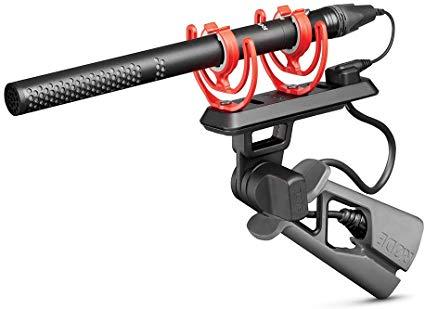




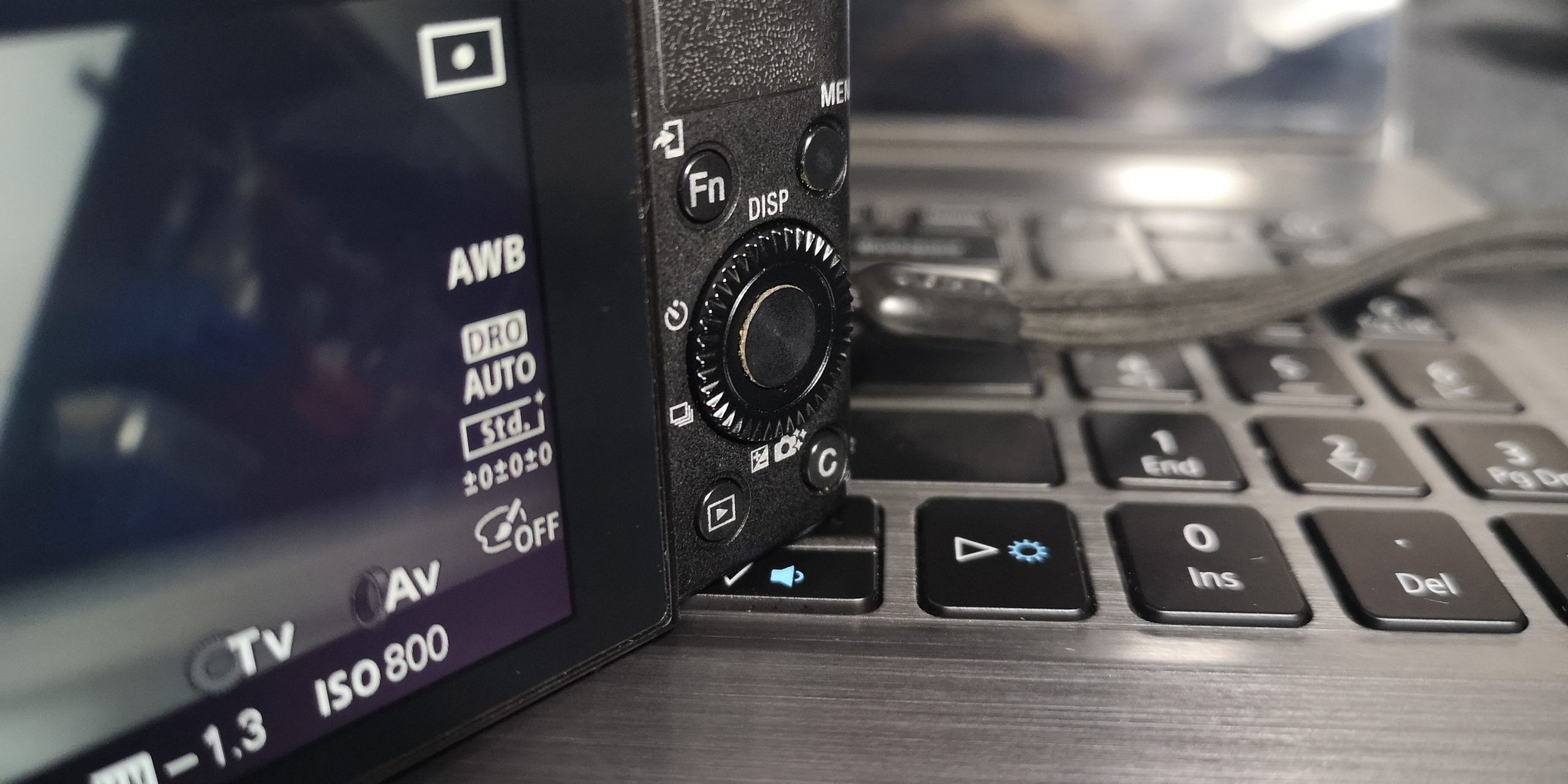
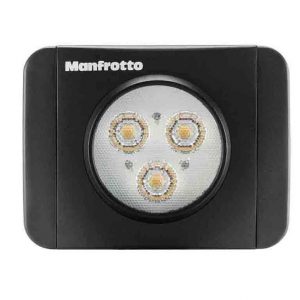
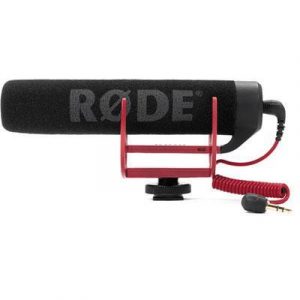
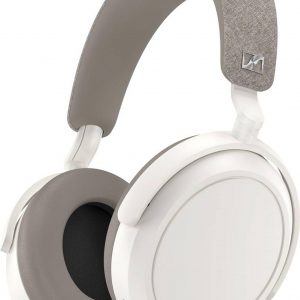
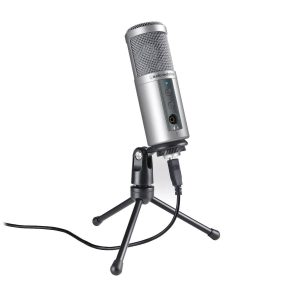
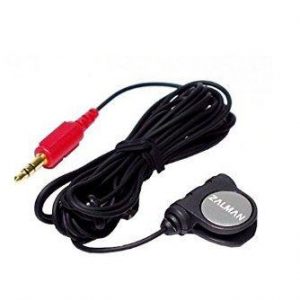
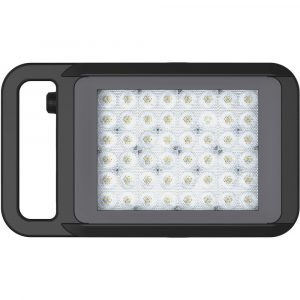
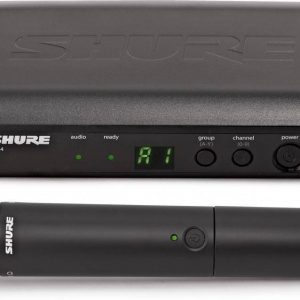
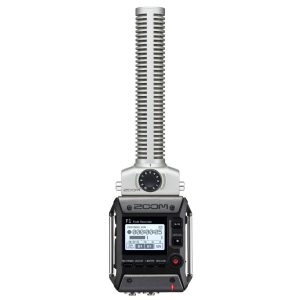
Mateo Berry –
The microphone is really high quality at a price
Frankie /J –
I am very happy with this product. Even though there was a very small problem in the meantime, the seller handled it very smoothly and I received very attentive after-sales service.
Before I bought and studied all the specs, I thought: Rode really created something new here.
It surprised me that the price of the Rode NTG3 did not drop when a new microphone with better performance and price-performance ratio entered the market.
I recommend.
Lorenzo –
The review written by Frankie /J is nothing short of glowing praise for the RØDE NTG5. While it’s clear that the author is satisfied with their purchase, there are a few arguments made that could be questioned. Firstly, the suggestion that Rode has created something entirely new with this microphone seems a little far-fetched. In reality, the NTG5 is an updated version of the highly respected NTG3, which means it builds on an existing platform rather than representing a radical departure from what came before. Secondly, the fact that the price of the NTG3 hasn’t dropped in response to the release of the NTG5 is not necessarily a ringing endorsement of the latter’s superiority. It could simply mean that demand for the older model remains strong or that Rode is deliberately maintaining margins on both products. Finally, while Frankie /J’s experience with after-sales service was positive, it’s worth remembering that not all customers will be so lucky. There have been reports of issues with the NTG5’s windscreen and battery compartment, for example, which could affect its performance or reliability in certain circumstances. So while it’s true that the NTG5 is a solid choice for anyone looking to upgrade their audio equipment, it’s not necessarily the best option available on the market today. If you’re willing to spend a bit more, the Sennheiser MKH 416-P48UIII is widely regarded as one of the finest shotgun mics around, while the Audio-Technica AT4053B boasts excellent sensitivity and versatility at a lower price point. Ultimately, the decision of which microphone to buy will depend on your specific needs and budget constraints. But before making a purchase, it’s always worth doing some research and comparing the features and performance of multiple models side by side. That way, you can be confident that you’re getting the best possible value for money. In other news today, JPMorgan Chase has announced steady results for Q1 2021, with revenue up 27% year-on-year and net income reaching $9.8 billion. The bank also reported a strong balance sheet, with total assets of $3.5 trillion and common equity Tier 1 capital ratio of 14.6%. Looking ahead, JPMorgan Chase is projecting continued growth in areas such as digital banking and asset management, which could make it an attractive option for financial investors at its current price point. As always, however, it’s important to do your own research and consult with a financial advisor before making any investment decisions.
Iris Ochoa –
The good old days of voting and microphone technology. I remember when the only thing we had to worry about was the quality of our audio recordings, not the integrity of our elections.
As I sit here reminiscing about the past, I’m reminded of a certain product that has been a staple in the industry for years. A device so iconic, it’s hard to imagine recording without it – a microphone that has been a trusted companion for countless artists, journalists, and content creators.
This legendary microphone was first introduced in the early 2000s and has since become synonymous with high-quality audio capture. Its rugged design and versatile features make it an ideal choice for anyone looking to record crisp and clear audio, whether it’s for podcasting, voice-overs, or live performances.
I recall ordering this very product a few years ago and having it delivered right to my doorstep – 10800 Kenai Spur Hwy, Kenai, AK 99611, United States. It was love at first use, I must say. The sound quality was unparalleled, and the build quality was top-notch.
If you’re in the market for a reliable microphone that will deliver professional-grade audio every time, look no further. Just be sure to follow these tips:
And as I watch the news unfold, it’s hard not to think about the irony of it all – X reinstates SwapYourVote’s account after suspending it as spam. It just goes to show that even in today’s world, we still have a lot to learn from the past.